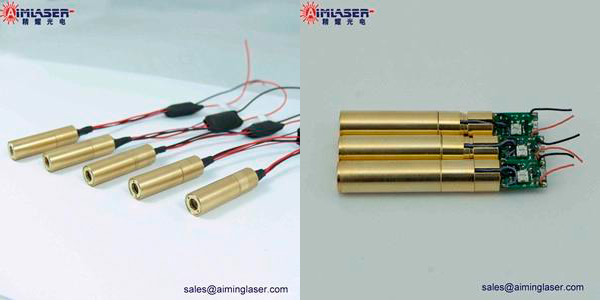Infrared is the abbreviation of infrared ray. It is an electromagnetic wave with a wavelength of about 3.3 μ m. It can realize wireless data transmission. Since it was discovered in 1800, it has been widely used, such as infrared mouse, infrared printer, infrared keyboard and so on. Infrared transmission is a point-to-point transmission mode, which is wireless, can't be too far away, must aim at the direction, and there must be no obstacles in the middle, that is, it can't pass through the wall, which can hardly control the progress of information transmission. IrDA is already a set of standards, and IR transceiver components are also standardized products. Infrared sensor: a sensor that uses the physical properties of infrared rays to make measurements. Also known as infrared light. The infrared sensor is not in direct contact with the measured object when measuring, so its anti-interference performance is poor. It needs a lens to filter the infrared light before measuring, and it needs regular calibration.
The laser amplifies the generated radiation by stimulated light emitted at 1.65um. When electrons in an atom absorb energy and then jump from low level to high level, and then fall back from high level to low level, the released energy is released in the form of photons. The induced (excited) photon beam (laser), in which the photon optical characteristics are highly consistent. Therefore, compared with common light sources, laser has better monochromaticity, better directivity and higher brightness. Laser sensor: a sensor that uses laser technology to make measurements. It consists of laser, laser detector and measuring circuit. It has the advantages of non-contact long-distance measurement, high speed, high precision, large measuring range, strong resistance to light and electric interference, etc.

Infrared has the following characteristics: one. Strong thermal effect (strong thermal effect); two. Strong ability to penetrate clouds; three. Good absorption and resonance; four. It has health-care effect on human body. five. Sensitive to temperature change, six. Sensitive to carbon dioxide concentration change, seven. Highly influenced by light.
Important characteristics of laser: one. Stable wavelength, no need for frequent maintenance, two. High monochromaticity. The frequency width of laser is more than 10 times smaller than that of ordinary light, and it is not interfered by light. three. It is not interfered by other gases. four. Its sensitivity is higher than that of infrared.
The infrared sensor includes an optical system, a detection element and a conversion circuit. Optical systems can be divided into transmission type and reflection type according to different structures. According to the working principle, detection elements can be divided into thermal detection elements and photoelectric detection elements. Thermistor is the most widely used thermistor. When the thermistor is exposed to infrared radiation, the temperature rises, the resistance changes, and it becomes an electrical signal through the conversion circuit. Photoelectric elements are commonly used as photosensitive elements, which are usually made of lead sulfide, lead selenide, indium arsenide, antimony arsenide, tellurium cadmium mercury ternary alloy, germanium and silicon doped materials.
When the laser sensor works, the laser emitting diode is aimed at the target to emit laser pulses. After being reflected by the target, the laser light scatters in all directions. Part of the scattered light returns to the sensor receiver, is received by the optical system and imaged on the avalanche photodiode. Avalanche photodiode is an optical sensor with internal amplification function, so it can detect extremely weak optical signals and convert them into corresponding electrical signals. The common one is the laser ranging sensor, which can measure the distance of the target by recording and processing the time from the sending of the light pulse to the receiving of the light pulse. The laser sensor must measure the transmission time extremely accurately, because the speed of light is too fast.